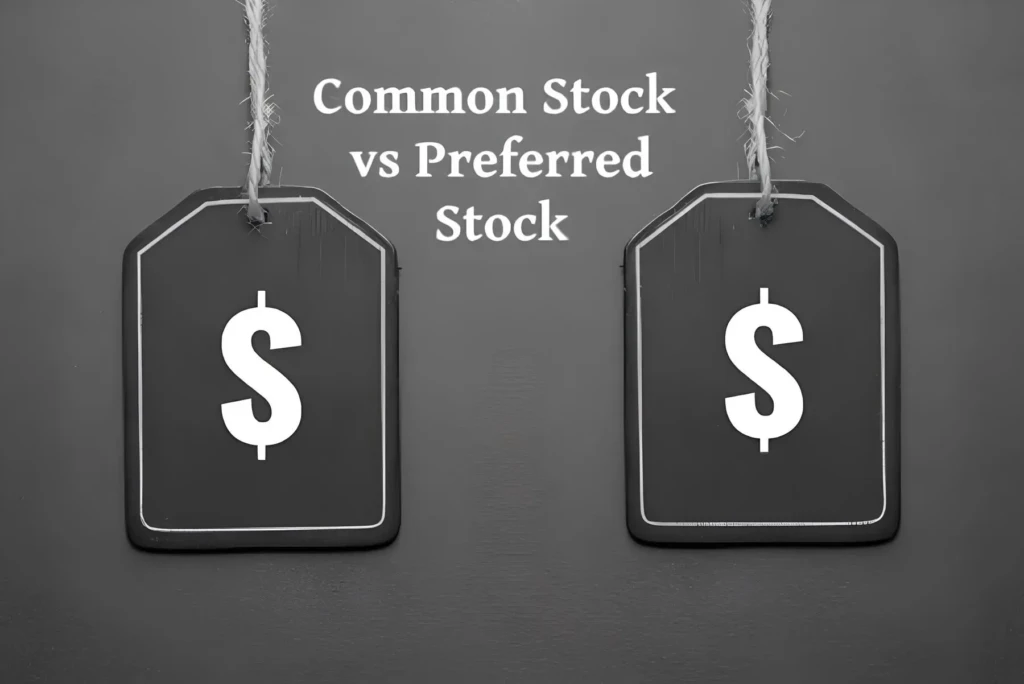How do I know if I have common stock or preferred stock?
This question often arises for investors who have purchased shares through a brokerage, employer stock plan, or direct investment but are unsure which type they own. While both represent equity in a company, common and preferred stocks differ in rights, risk profiles, and potential returns. Understanding your position is crucial for financial planning, dividend expectations, and voting rights at shareholder meetings.
This investigative analysis breaks down the steps to identify your stock type, explores the implications of each, and highlights the critical documents and resources that reveal the answer.
Understanding the Basics of Stock Types
What Is Common Stock?
Common stock is the most prevalent form of equity ownership. Holders typically have voting rights at shareholder meetings and benefit from company growth through price appreciation. However, dividends are not guaranteed and are often lower than those of preferred stock.
Key Features:
- Voting rights on corporate matters.
- Potential for higher capital gains.
- Dividends that fluctuate and are not guaranteed.
What Is Preferred Stock?
Preferred stock is a hybrid of equity and debt, offering fixed dividends and priority over common stock in dividend payments and liquidation. However, preferred shareholders usually lack voting rights.
Key Features:
- Fixed dividend payments.
- Priority in the event of bankruptcy.
- Less volatility but limited upside compared to common shares.
How Do I Know If I Have Common Stock or Preferred Stock?
Determining your stock type involves reviewing key documents and understanding the terms of your investment.
1. Check Your Brokerage or Trading Account
Log in to your brokerage account and review your portfolio. Most platforms, from Charles Schwab to Fidelity, clearly list the security type. Look for designations like “Common”, “Preferred,” or specific ticker symbols (e.g., “XYZ.PR.A” for a preferred class).
2. Examine Trade Confirmations and Statements
Your trade confirmations or monthly statements specify whether your purchase was common or preferred. The CUSIP number, a unique identifier for securities, can also indicate the class of shares.
3. Review Corporate Filings
Public companies issue both common and preferred shares through filings with the U.S. Securities and Exchange Commission (SEC). Check the company’s annual report (Form 10-K) or prospectus. These documents outline each share class, dividend policy, and voting rights.
4. Employer Stock Plans or Private Equity
If you received shares through an employer plan or private placement, contact your HR or plan administrator. Private companies often issue restricted common stock but may also offer preferred shares to early investors.
Key Differences That Help You Identify Your Shares
Dividend Structure
Preferred stock usually provides a fixed dividend, such as 5% annually, while common stock dividends can vary or be skipped entirely. If your dividends arrive like clockwork at a fixed rate, you likely own preferred shares.
Voting Rights
Do you receive ballots for shareholder meetings? If yes, you almost certainly hold common stock. Preferred shareholders rarely have voting privileges.
Ticker Symbols and Class Codes
Preferred stock often carries a different ticker format—look for extensions like “PR,” “PF,” or “PRA.” For example, Bank of America Series L Preferred trades as BAC.PR.L.
Implications for Investors
Owning common or preferred stock affects your risk tolerance and financial goals:
- Growth-Oriented Investors: Common stock offers greater upside but more volatility.
- Income Seekers: Preferred stock provides stable, bond-like income but limited appreciation.
- Liquidity and Exit Strategy: Common shares are usually more liquid, while preferred shares may have call provisions allowing the issuer to redeem them.
FAQ: How Do I Know If I Have Common Stock or Preferred Stock?
How do I know if I have common stock or preferred stock in my brokerage account?
Check your portfolio details—brokerages clearly label each holding. Look for words like “common” or “preferred” next to the ticker symbol.
How do I know if I have common stock or preferred stock from an employer plan?
Contact your HR department or plan administrator for documentation outlining the share type and any restrictions.
How do I know if I have common stock or preferred stock if I only have a paper certificate?
Examine the certificate carefully. Preferred shares usually specify “Preferred” and detail dividend terms. The CUSIP number can also be cross-referenced through SEC databases.
How do I know if I have common stock or preferred stock when reviewing dividends?
If your dividend is fixed and predictable, it’s likely preferred stock. Variable or discretionary dividends typically indicate common shares.
Forward-Looking Conclusion
Investors who ask, “How do I know if I have common stock or preferred stock?” are taking a vital step toward informed decision-making. The distinction affects everything from dividend expectations to voting rights and portfolio risk. As markets evolve and companies issue new hybrid securities, investors should remain vigilant—reviewing brokerage statements, SEC filings, and corporate announcements regularly.
Understanding your equity type not only clarifies your current holdings but also positions you to adapt as companies innovate with new share structures and financing strategies. Knowledge, in this case, is not just power—it’s protection.

